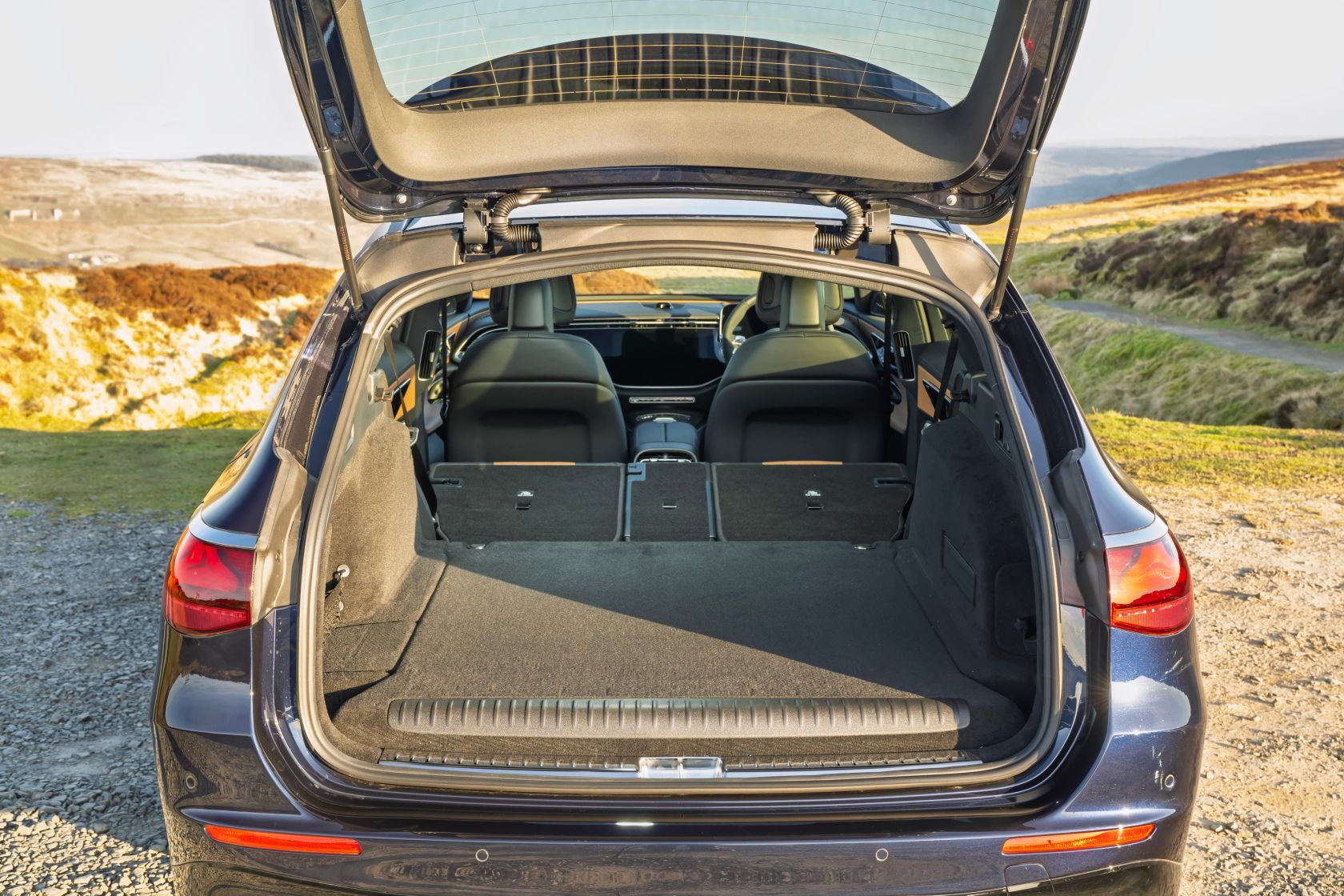There’s a lot to look forward to when buying a new car. Whether it’s a brand-new car or a pre-owned model, shopping for a new set of wheels should be as exciting as possible.
But with the sheer variety out there, things can start to feel a little overwhelming quite quickly. It’s why we’ve got a range of tips and tricks to bear in mind before you start browsing in order to make things as easy as possible.
Establish a budget
A solid place to start is with a firm budget. Making sure that you’re aware of how much you’re willing to spend can help narrow down your search and will also reduce the chance of disappointment down the line.
Don’t just use the headline price of the car, either. Factor in running costs, servicing and insurance to create a full picture of how much you’ll be spending. It’s worth investigating whether you’re looking to pay with cash or go down the finance route, too.
Pick out ‘must-have’ features
A lot of modern cars come equipped with a vast array of features, so it’s a good idea to think about which of these you’d like to have in the one you choose. It might be smartphone mirroring systems like Apple CarPlay and Android Auto, or even something a little more basic like a variety of USB charging points for devices.
The good news is that many car listings display all of the standard features fitted to the vehicle in question. But if you need more information, never be afraid of picking up the phone and speaking to the seller.
Decide on a powertrain
There is a greater number of powertrain options available to car buyers than ever before. Petrol and diesel are still there to choose from, of course, but mild hybrid, self-charging hybrid and plug-in hybrid powertrains – as well as electric – mean that you’ve got a great variety to pick between.
Think about the type of driving you’re doing. For instance, if you potter around town but don’t have the ability to charge at home, then a hybrid could be your best bet. If you’re able to access home charging or a reliable nearby chargepoint, then an electric vehicle could be a great way of reducing running costs. If you’re a high-mileage driver, however, then petrol and diesel could still be the best bet.

Size and space
The space that a car is able to offer is crucial. Whether you’re transporting the family around, hauling equipment or using a car for more outdoors activities like cycling or paddleboarding, then you’ll need to think about the amount of space that a car can deliver.
You can find capacities of car boots online, but one of the best ways to find out is by seeing the car in person. Consider how easy the boot is to access, the height of the boot itself and also whether the rear seats can be folded down easily.
Research online
The internet is one of your biggest tools when looking for a new car. There’s a wealth of information to check out, and being as informed as possible before purchasing a new car can only help. Remember, you can also check a car’s history online – there are a variety of reputable online sites that can do background searches on a car for a small fee – and you’re able to look at a vehicle’s previous MOT results via the government’s online system, which is free to use.
Check out reviews and owner testimonials to find out if a car will fit your needs. An online recall checker is also great for looking to see if a car you’re looking at has previously been recalled.
Make the most of a test drive
So you’ve found a car that fits your budget and has all of the features you need – it’s time for the test drive. It’s during this period that you can get a proper feel for a car, so make the most of it. Find out if you can easily get comfortable behind the wheel and look to see if all of the major controls feel natural and intuitive to use. You may also want to try folding down the rear seats or loading something into the boot to make sure it’s as simple as it needs to be.
The test drive doesn’t have to be just about driving the car – you can use it to find out how easy it is to park and whether or not it’s easy to access when positioned in a standard bay.









